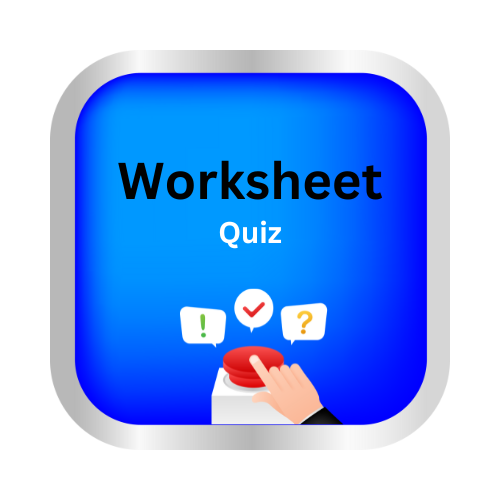To be: use the correct past tense form
Key Notes:
1. Understanding the Verb “To Be”:
- The verb “to be” indicates existence or identity.
- It has different forms in the past tense: was and were.
2. Forms of “To Be” in the Past Tense:
- I was: Used with the subject “I.”
- Example: “I was at the park.”
- He was: Used with singular male subjects (he, a boy).
- Example: “He was happy.”
- She was: Used with singular female subjects (she, a girl).
- Example: “She was my friend.”
- It was: Used with singular non-human subjects (it, an object or animal).
- Example: “It was a sunny day.”
- We were: Used with plural subjects (we).
- Example: “We were at the beach.”
- They were: Used with plural subjects (they).
- Example: “They were excited.”
3. When to Use Each Form:
- Use was with:
- “I,” “he,” “she,” and “it” (singular subjects).
- Use were with:
- “We” and “they” (plural subjects).
4. Examples in Sentences:
- “I was tired after school.”
- “He was playing soccer yesterday.”
- “She was reading a book last night.”
- “It was a cold day.”
- “We were friends in kindergarten.”
- “They were at the zoo last weekend.”
5. Practice:
- Fill in the blanks with the correct past tense form of “to be”:
- “I _ (was/were) at the party.”
- “She _ (was/were) very kind.”
- “They _ (was/were) happy to see us.
Let’s practice!🖊️

